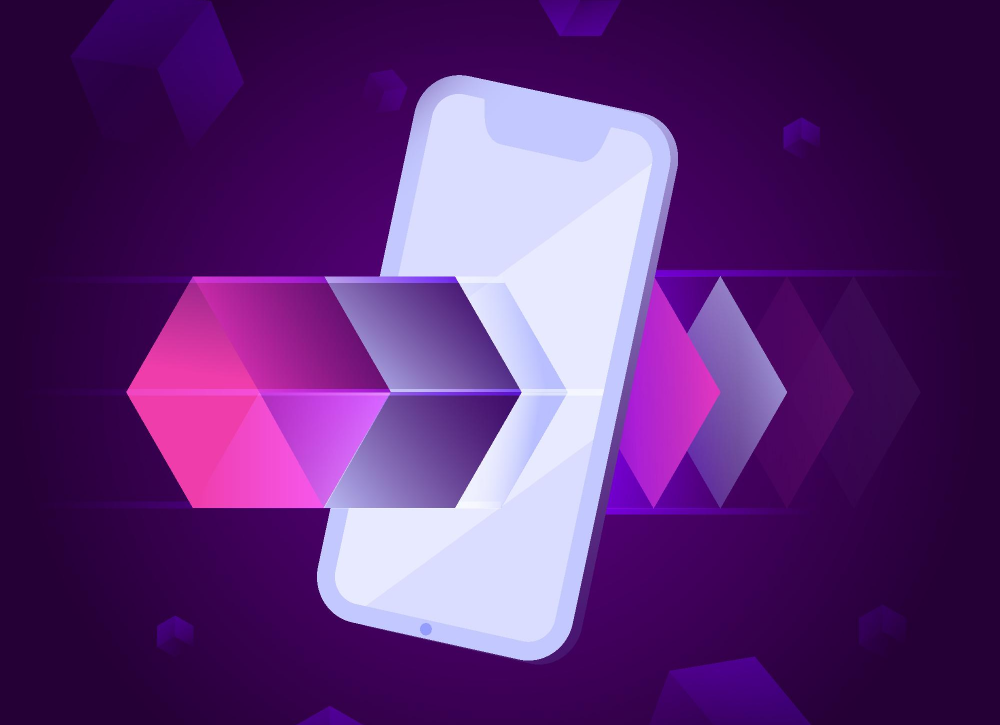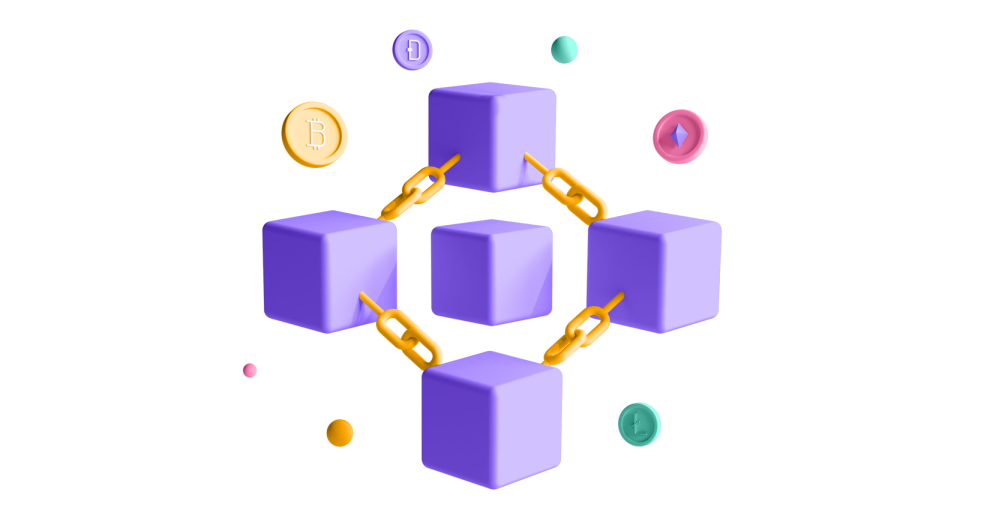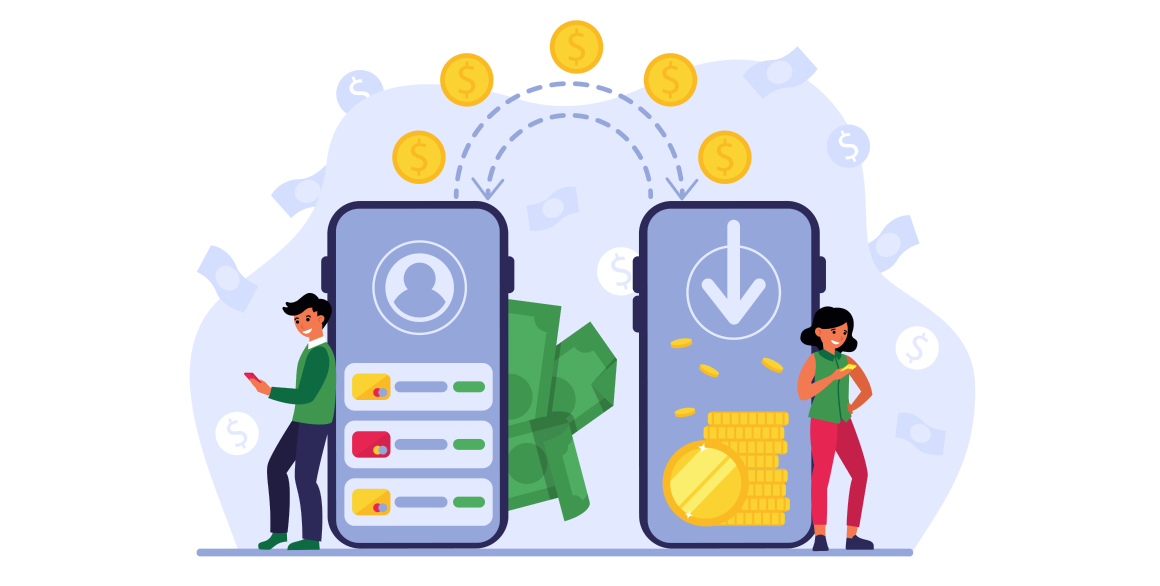
Leveraging Blockchain in Mobile App Development
What is Blockchain?
Let's dive deep! So, Blockchain, the buzzword we've been hearing for a while now, is way more than just a tech term. It's a groundbreaking system that records information in a way that's almost impossible to manipulate. Picture a digital ledger, but instead of being held in one place, it's duplicated across thousands of computers worldwide. Each piece of information, called a 'block', is chained to the one before and after it, creating a virtually unbreakable sequence.
The Rise of Mobile App Development
Now, imagine the last time you spent a day without using a mobile app. Hard, right? That’s how intrinsic they’ve become in our lives. From the early days of simple games and calendars, mobile apps have now morphed into intricate tools that cater to nearly every need, from banking to health, and from entertainment to education. The explosion of smartphone use globally has only further amplified the significance of Mobile App Development.
Why Integrate Blockchain with Mobile Apps?
Now, here comes the innovation. When you combine the robustness of blockchain with the versatility of mobile apps, you’re looking at a powerhouse of security, efficiency, and user empowerment. Imagine a mobile app that not only functions seamlessly but also gives its users an unparalleled level of data security and control. That's the magic of this integration!
Core Elements of Blockchain in App Development
Blockchain Technology: An Overview
Blockchain Technology is like the roots of a giant tree, mostly unseen but holding the entire structure in place. This technology ensures that every piece of data is verified and agreed upon by all parties, making unauthorized alterations virtually impossible. Its decentralized nature means it’s not stored in one central location but spread across many, reducing vulnerability.
Understanding Decentralized Apps (DApps)
While traditional apps rely on a central authority, DApps shake things up. They operate on a blockchain, guaranteeing users an open, transparent, and more equitable form of application, away from any central control. Imagine an app marketplace where developers get fairer rewards, and users have more say - that's the DApp environment.
The Power of Smart Contracts in App Development
Smart Contracts are the future, and here's why: They're automated contracts that self-execute when certain conditions are met. Imagine setting up a rental agreement where the digital keys are automatically sent once payment is processed, all without human intervention. This automation reduces errors and ensures a smoother, more transparent transaction process.

Benefits of Blockchain Integration in Mobile Development
Enhanced Security and App Integrity
- App Security with Blockchain: With data breaches becoming commonplace, there’s a desperate need for heightened security. Here, blockchain emerges as a savior. Its encrypted nature ensures that data remains secure, and every transaction is linked, making unauthorized changes glaringly evident.
- Immutable Records: Once something is recorded on the blockchain, consider it set in digital stone. It ensures that records, once made, can’t be altered, providing a level of trustworthiness that's unparalleled.
Facilitating Peer-to-Peer Transactions
No more middlemen! Blockchain promotes direct interactions, ensuring transactions are quicker, more transparent, and often more cost-effective. It’s the perfect solution for those looking for direct, honest exchanges without the traditional overheads.
Transparency and Trust: Building User Confidence
Transparency isn't just a buzzword with blockchain; it's a guarantee. With its open-source nature, users can validate transactions and operations, ensuring they remain confident and secure in their dealings, be it in apps or other digital platforms.
Mobile Blockchain Applications: A Deep Dive
The Era of Tokenization in Mobile Apps
Tokenization is reshaping the digital economy. At its core, it involves the conversion of rights to a particular asset into a digital token. This has profound implications for mobile apps, especially for in-app purchases and proprietary currencies. For instance, with tokenized assets, users could potentially earn digital items in one app and use them in another, promoting a more unified digital ecosystem. Additionally, with the rise of Non-Fungible Tokens (NFTs), unique digital assets are now verifiable and tradable, opening doors for artists, gamers, and content creators to monetize their creations like never before.
Scaling Mobile Apps with Blockchain Technology
Mobile App Scalability with Blockchain: The mobile app industry is notorious for its volatility, with apps experiencing unexpected spikes in user traffic. Traditional infrastructures often falter under such sudden demand, but not blockchain. Blockchain-based systems distribute data across nodes, making it easier to handle high volumes of transactions. This decentralized approach ensures that apps remain nimble and responsive, even as their user base grows exponentially.
Real-world Examples of Mobile Blockchain Applications
Blockchain's practical applications in the mobile arena are vast and varied. For instance, consider Steemit, a social media platform that rewards users with cryptocurrency for creating and curating content. Then there's Brave, a browser that uses blockchain to reward users for viewing ads. In the gaming sector, platforms like Decentraland allow players to purchase, develop, and sell plots of virtual land, entirely run on blockchain. These are just a few examples, but they're a testament to how blockchain is ushering in a new era of mobile applications with greater autonomy, rewards, and user control.

Challenges and Considerations
Potential Pitfalls of Blockchain Integration
Integrating blockchain isn’t a walk in the park. Initial costs can be high, and the technology's nascent nature means a scarcity of experts in the field. Furthermore, the very strength of blockchain – its immutable nature – can sometimes be its weakness. Once data is entered, it cannot be altered, which means errors can't be rectified easily.
Addressing Concerns Related to Blockchain in Mobile Apps
The decentralized nature of blockchain often raises concerns. For one, there's the question of responsibility: when there's no central authority, who's accountable for potential mishaps? Additionally, while transparency is one of blockchain’s strengths, it can also raise privacy concerns. It's crucial for developers to strike a balance, ensuring transparency doesn't come at the cost of user privacy.
The Future: Evolving Trends in Mobile Blockchain Integration
As we peer into the future, certain trends stand out. For instance, as IoT devices become commonplace, blockchain could serve as the backbone for ensuring secure device-to-device interactions. Additionally, with advancements in Decentralized Finance (DeFi), mobile apps could be on the frontline of democratizing financial services, allowing peer-to-peer lending, borrowing, and trading without traditional intermediaries.
Conclusion: The Symbiotic Relationship of Blockchain and Mobile Development
In this fast-paced digital age, Blockchain and Mobile App Development aren't just technological advancements; they're vital tools shaping our interactions, economies, and societies. When combined, they herald a future where data security, user empowerment, and decentralized control become the norm rather than the exception. As developers, businesses, and users, it's essential to recognize this transformative potential and steer the ship of innovation in a direction that promises inclusivity, fairness, and growth. The collaboration of Blockchain and Mobile Development isn't just the future; it's the present redefining our digital tomorrow.
References
- Nakamoto, S. (2008). Bitcoin: A Peer-to-Peer Electronic Cash System. This white paper introduced the concept of a blockchain and Bitcoin. It's foundational to any discussion about blockchain technology.
- Zohar, A. (2015). Bitcoin: Under the Hood. Communications of the ACM, 58(9), 104–113. A deep dive into the workings of blockchain technology and its potential applications.
- World Economic Forum (2018). Blockchain Beyond the Hype: A Practical Framework for Business Leaders. This report by the World Economic Forum offers insights into the practical applications of blockchain, its challenges, and its potential benefits.
 Mark Petrenko
Mark Petrenko 
